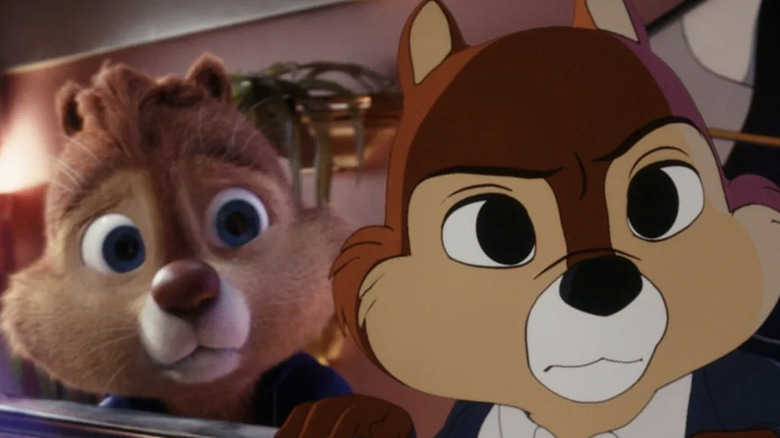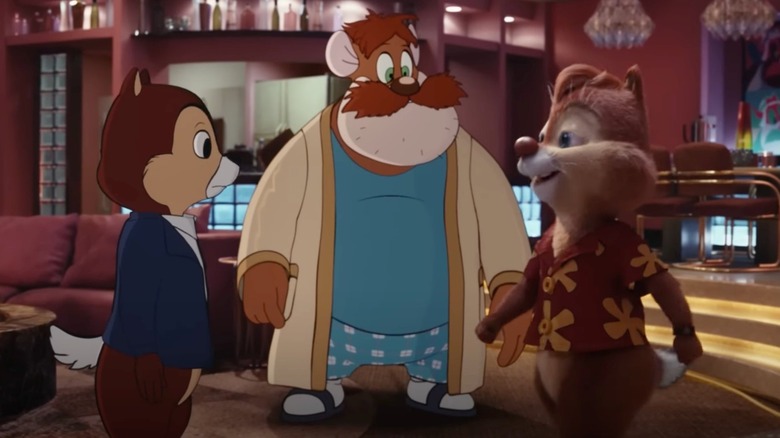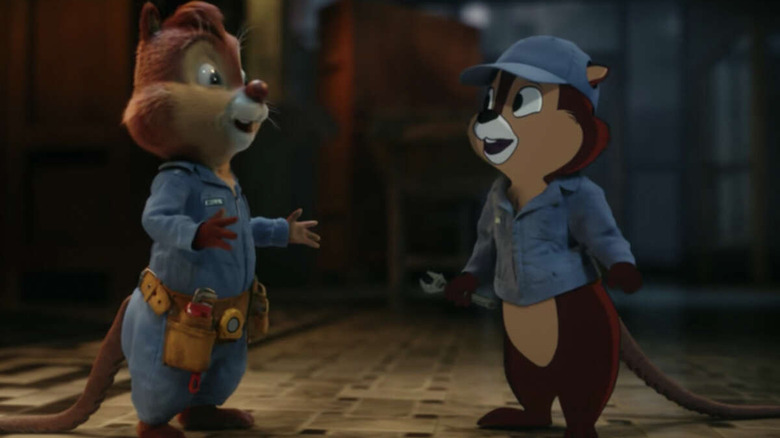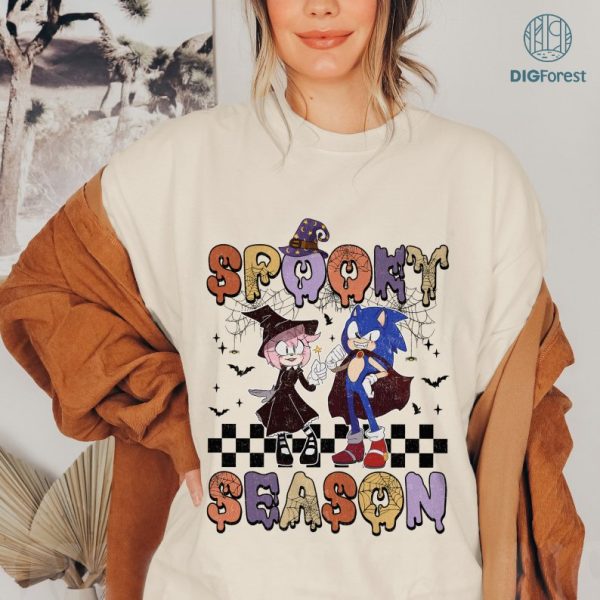Disney
Chip ‘N Dale: Rescue Rangers Review: Cartoon Disappointment

“Comedy films often fall into distinct categories: the duds that barely muster a chuckle, the moderately amusing ones that elicit a few nose breaths, and the uproarious laugh-out-loud successes that leave audiences in stitches. Unfortunately, the realm of the latter seems to be sparsely populated, with many comedies falling somewhere between the first two. Enter “Chip ‘n Dale: Rescue Rangers,” a quasi-reboot that could potentially claim the title of being one of the most nose-breathing films ever made. While it boasts a plethora of moments that might prompt bemused exhalation, it strangely falters when it comes to generating actual, genuine laughs, leaving viewers pondering why it couldn’t quite reach that pinnacle.
In its finest moments, the film evokes a yearning for a “Who Framed Roger Rabbit?” sequel; conversely, it also underscores the wisdom behind the decision not to pursue one. Interestingly, the movie even features a Roger Rabbit cameo—indeed, almost every conceivable animation franchise gets a nod, regardless of studio affiliations. However, the end result is a medley of diversions with shallow substance.
The central narrative appears to be a concoction, borrowing elements from the Robert Zemeckis classic, sprinkled with hints of “BoJack Horseman,” a dash of crossover randomness a la “Lego Movie,” “Wreck-It Ralph,” “Space Jam: A New Legacy,” and “Ready Player One,” and seasoned with every clichéd trope of reunions since the days of “The Blues Brothers” and “The Muppet Movie.” The backdrop unfolds in the early ’80s, where Chip (voiced by John Mulaney) and Dale (portrayed by Andy Samberg) emerge as two aspiring actor-writers who rise together in the entertainment industry, thanks to “Rescue Rangers,” a real-life animated series that aired on the Disney Channel from 1989 to 1990. Their subsequent success, akin to a classic “Behind the Music” tale, eventually strains their friendship as Dale succumbs to ego inflation and Chip harbors resentment.

Fast-forward to the present, where the film exists within a “Roger Rabbit”-esque universe inhabited by both humans and animated characters. Dale clings to faded acting aspirations, undergoing less-than-plastic CG surgery, while Chip toils in a mundane 9-to-5 job. The two former friends have not communicated in years when an old acquaintance, Monterey Jack (voiced by Eric Bana), reenters their lives. This mustachioed mouse, who was a supporting character in their ’80s series, has developed an expensive penchant for black market cheese. The ensuing events, while predictable, provide the film’s comedic foundation, yet it falls short of delivering a truly engaging mystery or the anticipated resolution to Chip and Dale’s reconciliation.
“Rescue Rangers” excels, thankfully, at its primary goal: inundating each frame with a plethora of animated characters. Initially, these characters are rather vague and unnamed, such as Transformers-esque figures and Pokemon trainer lookalikes. Their animation styles hint at their respective universes, even if they remain unmentioned as the main characters walk past. Later, the film grows more specific and eclectic in its references.
From MC Skat Cat dancing with Paula Abdul to Robert Crumb’s Mr. Natural making an appearance, and even a bus bench suggesting that Butt-Head now serves as a US Senator, these moments elicit mild amusement. However, none of them come close to the inspired hilarity of Daffy and Donald’s dueling pianos in “Who Framed Roger Rabbit?”

Nevertheless, the hybrid world of humans and toons creates the perfect stage for some of the film’s standout gags. An overweight, grown-up Peter Pan (voiced by Will Arnett) dons his iconic costume while adopting the alias “Sweet Pete.” Seth Rogen voices “Bob the Warrior Viking,” a character residing in the Uncanny Valley—a realm where uncomfortably realistic CG characters roam. The film capitalizes on the comedic potential of these absurd yet entertaining characters, although it is wise not to overexpose them.
Amidst this tapestry of amusement, there is a semblance of a plot buried beneath the layers of references to Baloo the bear, He-Man’s aversion to pants, and other pop culture allusions. A series of double-crosses and twists emerge, tipping off the antagonists to Chip and Dale’s location. Yet, the plot unfolds predictably and lacks depth, making it feel secondary to the film’s primary purpose.
The voice performances of the film’s stars contribute to its notable shortcomings. While Andy Samberg’s characteristic comedic style may delight his fans, John Mulaney’s portrayal of Chip falls somewhat flat. Although not credited as a writer, Mulaney’s acting is lackluster without the physicality that often complements his performances. His character, Chip, is a bundle of insecurities and negativity, and whenever he speaks, a sense of dullness pervades.
While Chip is intended to play the straight man, the pivotal role of the comedic duo, Mulaney’s portrayal lacks the charm of a Charles Grodin, the quirky charisma of a Jason Bateman, or the energetic playfulness epitomized by Bob Hoskins alongside Roger Rabbit. This leads one to ponder whether Chip was this monotonous in the original “Rescue Rangers” series.
After the dust settles and the novelty of spotting familiar characters subsides, “Chip ‘n Dale: Rescue Rangers” leaves audiences with an appreciation for its ambition, a marvel at the myriad clearances that were likely obtained, and an echo of chuckles that fleetingly tickle viewers’ funny bones but never quite induce hearty laughter.”
We bring out some of the most well-known Disney collection, all of which are available at reasonable costs. Visit our link now if you are interested in the Disney collection


Perdita, Cruella de Vil, Roger Radcliffe, Dodger, Oliver
